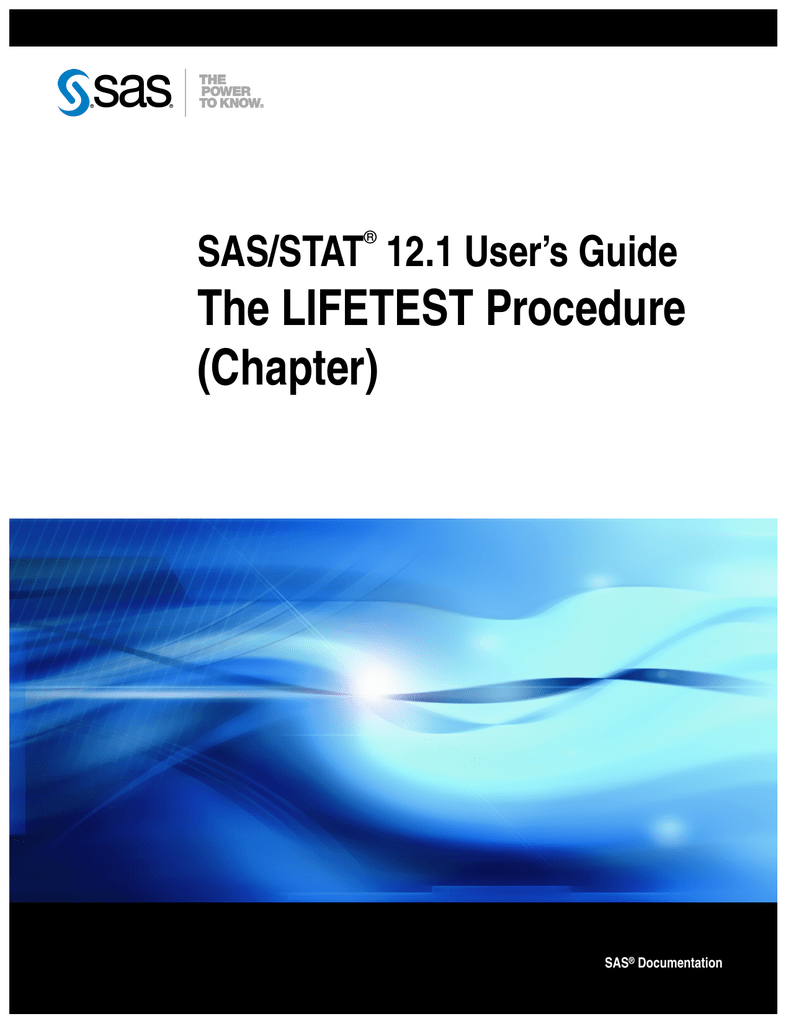


- PMENU SAS PROCEDURES GUIDE HOW TO
- PMENU SAS PROCEDURES GUIDE PORTABLE
- PMENU SAS PROCEDURES GUIDE CODE
- PMENU SAS PROCEDURES GUIDE SERIES
PMENU SAS PROCEDURES GUIDE CODE
PMENU SAS PROCEDURES GUIDE HOW TO
This paper discusses how to use SAS Enterprise Guide to: The latest version of the product offers even more. SAS Enterprise Guide continues to offer the features that you expect from a SAS programming interface: integration with the syntax-savvy Enhanced Editor easy integration with metadata and administered data sources the ability to run multiple programs simultaneously across multiple SAS sessions and a task status window that enables you to track job progress. This offers a tremendous advantage for the novice, but what value does it provide to the experienced SAS programmer? The answer is: Plenty-especially when you consider that knowing syntax and writing code is just part of the world of SAS Programming. As a front end to the SAS System, SAS Enterprise Guide provides dozens of tasks and wizards that enable users to generate SAS programs without having to write any code. MORE THAN SYNTAX It's easy to see the value of SAS Enterprise Guide for those who are not familiar with SAS or SAS programming. This paper provides an overview and detailed examples of how SAS programmers can leverage SAS Enterprise Guide to create, organize, and execute their SAS programs. destination with the SAS Output Delivery System (ODS). However, SAS Enterprise Guide provides some powerful new features that are geared toward the SAS programmer, including an integrated process-flow view of your project the ability to create, publish, and execute stored processes and an increased flexibility for output format and. SAS Enterprise Guide (with its easy-to-use interface) has been a boon to SAS users, especially non-programmers.
PMENU SAS PROCEDURES GUIDE SERIES
A series of examples like this one will be used to cover each of the methods.
See Also: Syntax: PROC PMENUPMENU SAS PROCEDURES GUIDE PORTABLE
CMS specifics: Some portable statements are ignored. For example, a commonly used measure of body size is Body Mass Index (BMI), and multiple entries for a single patient may be needed to provide average BMI per patient per period, but distinct patient counts may still be desired. Defines PMENU facilities for windows created with SAS software.

Exploration of how to use the SQL procedure in combination with the REPORT procedure to display distinct counts and other uniquely formatted summary statistics will give programmers a succinct way to display summary statistics in the presence of repeated measurement. The use of Enterprise Guide will help new users of SAS perform these tasks with little to no SAS programming knowledge, while helping more versed SAS programmers utilize pre-written code as a starting point. Addition of ODS style elements will help readers to apply aesthetically pleasing colors and formatting to their output. This paper explores 3 different ways to produce and export Microsoft Excel®-style tables into Output Delivery System (ODS) locations or the results window using SAS® 9.4 or SAS® Enterprise Guide ® 7.15. SAS programmers with a variety of experience levels may be asked to provide tabular or summary data in an Excel-style format (stacked headers, colored headers, bolded total lines, etc.).


 0 kommentar(er)
0 kommentar(er)
